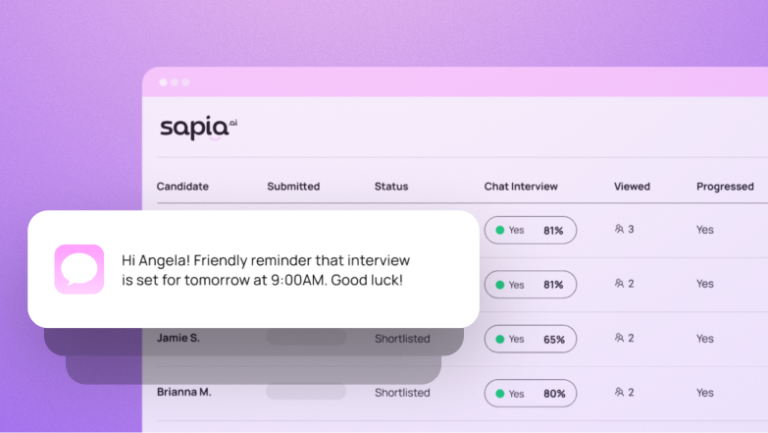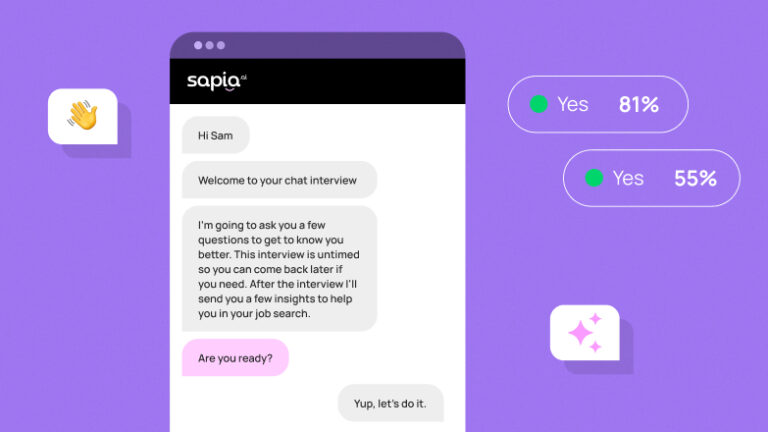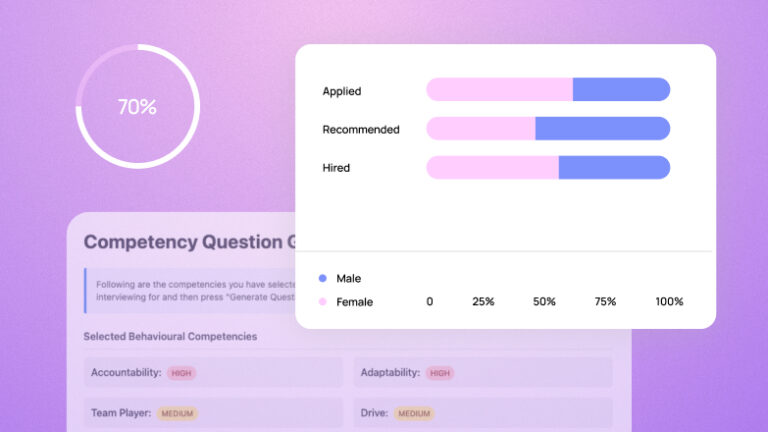AI Maturity in the Enterprise
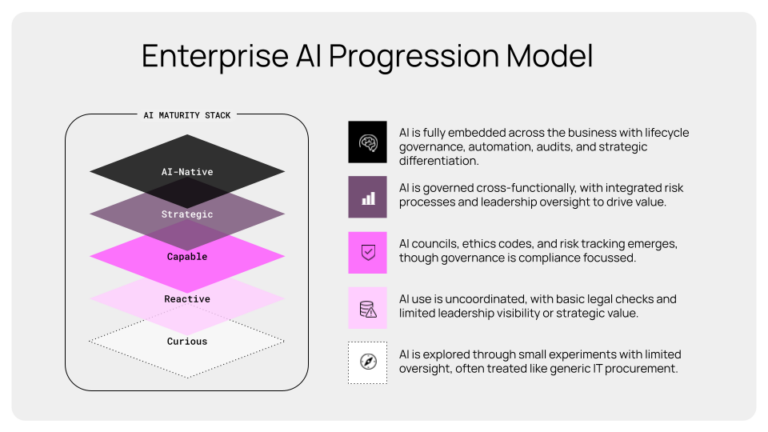
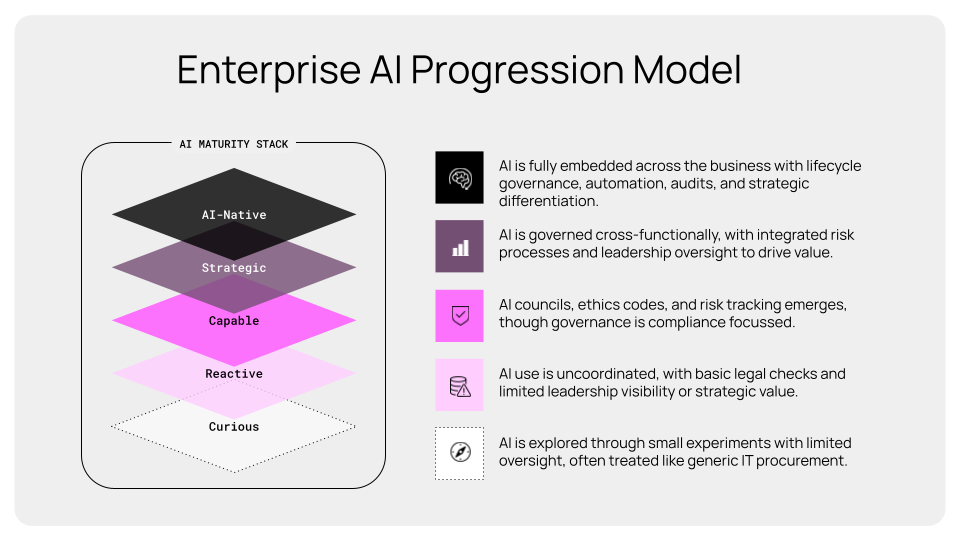
Barb Hyman, CEO & Founder, Sapia.ai
It’s time for a new way to map progress in AI adoption, and pilots are not it.
Over the past year, I’ve been lucky enough to see inside dozens of enterprise AI programs. As a CEO, founder, and recently, judge in the inaugural Australian Financial Review AI Awards.
And here’s what struck me:
Despite the hype, we still don’t have a shared language for AI maturity in business.
Some companies are racing ahead. Others are still building slide decks. But the real issue is that even the orgs that are “doing AI” often don’t know what good looks like.
You don’t need more pilots. You need a maturity model.
The most successful AI adoption strategy does not have you buying the hottest Gen AI tool or spinning up a chatbot to solve one use case. What it should do is build organisational capability in AI ethics, AI governance, data, design, and most of all, leadership.
It’s time we introduced a real AI Maturity Model. Not a checklist. A considered progression model. Something that recognises where your organisation is today and what needs to evolve next, safely, responsibly, and strategically.
Here’s an early sketch based on what I’ve seen:
The 5 Stages of AI Maturity (for real enterprises)
-
Curious
- Awareness is growing across leadership
- Experimentation led by innovation teams
- Risk is unclear, appetite is cautious
- AI is seen as “tech”
-
Reactive
- Gen AI introduced via vendors or tools (e.g., copilots, agents)
- Some pilots show promise, but with limited scale or guardrails
- Data privacy and sovereignty questions begin to surface
- Risk is siloed in legal/IT
-
Capable
- Clear policies on privacy, bias, and governance
- Dedicated AI leads or councils exist
- Internal use cases scale (e.g., summarisation, scoring, chat)
- LLMs integrated with guardrails, safety reviewed
-
Strategic
- AI embedded in workflows, not layered on
- LLM/data infrastructure is regionally compliant
- AI outcomes measured (accuracy, equity, productivity)
- Teams restructured around AI capability — not just tech enablement
-
AI-Native
- AI informs and transforms core decisions (hiring, pricing, customer service)
- Enterprise builds proprietary intelligence
- FAIR™/RAI principles deeply operationalised
- Talent, systems, and leadership are aligned around an intelligent operating model
Why this matters for enterprise leaders
AI is a capability.And like any capability, it needs time, structure, investment, and a map.
If you’re an HR leader, CIO, or enterprise buyer, and you’re trying to separate the real from the theatre, maturity thinking is your edge.
Let’s stop asking, “Who’s using AI?”
And start asking: “How mature is our AI practice and what’s the next step?”
I’m working on a more complete model now, based on what I’ve seen in Australia, the UK, and across our customer base. If you’re thinking about this too, I’d love to hear from you.
